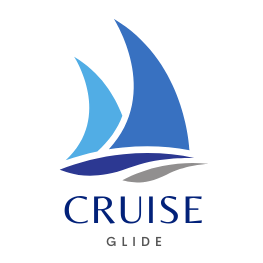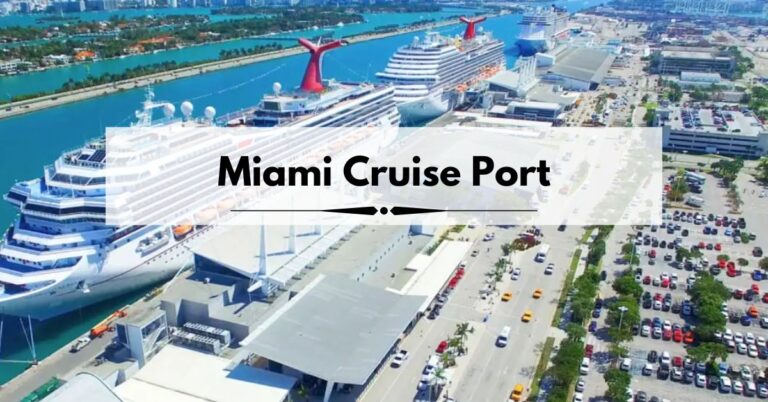Buying a Yacht or Boat? Real Costs and Commitments to Consider
Owning a yacht or a smaller boat exudes luxury, yet the financial commitment stretches far beyond the purchase itself. The initial price is just the start; you must account for fuel, crew wages, insurance, taxes, mooring fees, and depreciation, which can amount to 10–25% of the yacht’s value each year.
For instance, a 60ft vessel might cost around 10% of its value annually, while a 100ft yacht may need 20% or more. Beyond these expenses, the regular upkeep, occasional repairs, and port or winterisation fees all shape the overall cost of ownership.
A clear understanding of these ongoing costs and the lifestyle changes they bring is vital when weighing up whether to invest in a yacht or opt for a smaller, less demanding boat.
The Initial Outlay
Yacht prices can swing wildly depending on their size, brand, condition and reputation. Smaller yachts under 50ft (15m) might list for anywhere between 500,000 and 2,500,000 euros or dollars, while bigger ones often carry a steeper price.
As length increases, so do the luxury features and build quality, and this frequently bumps costs into multi-million territory. Superyachts over 100ft (30m) generally start at around 10 million euros or dollars.
Meanwhile, more compact boats do come with a gentler purchase tag, but their actual cost depends heavily on their age, maintenance history, and the manufacturer’s standing. This upfront spend is just the start, though, because running and upkeep charges will soon follow.
Ongoing Financial Commitments
Financial responsibilities stretch well past the amount you pay upfront. Fees for mooring or harbour space, taxes, and specialised yacht cover—often hovering between 0.8% and 1.2% of the purchase price per year—can really pile on, affecting your day-to-day finances.
Then there’s the upkeep side of things, which can range from 10% to 20% of your yacht’s worth annually. Smaller crafts might not cost as much to maintain, but they still need consistent attention if you want them to go the distance and run smoothly.
All these repeating costs deserve a careful look before you commit, ensuring you have a clear picture of your total financial outlay.
Operational Variations: Yacht vs. Boat
Large yachts typically need a full team of professionals, which naturally pushes monthly expenses higher than for smaller boats that owners often handle themselves, demonstrating the distinctive differences between yachts and boats. Employing skilled staff—from a captain to deckhands and a chef—significantly raises operational costs and also requires ongoing spending on wages, training, and crew welfare.
Fuel consumption is another big contrast. Motor yachts, built for speed and agile steering, go through far more fuel than smaller or sail-based craft, while modest boats that harness the wind where possible can keep running expenses down.
Living Aboard
Living aboard a yacht offers a rare kind of freedom. You can discover distant coastlines and quiet anchorages without much fuss.
Yet, being aboard full time comes with ongoing upkeep and a watchful eye on daily operations. Engine tune-ups, control system checks, and dealing with saltwater wear are all par for the course.
These repeated tasks can quickly add up in both time and expense, but they’re important for the vessel’s safety and lasting performance.
Alternatively, choosing a smaller boat means a simpler life afloat while still allowing plenty of travel. With less room, costs stay lower, and you can often tackle minor repairs yourself.
Though you’ll need to adjust to tighter living quarters, cutting back on clutter and using resources wisely can make for a leaner, more gratifying experience.
Offsetting Ownership Costs

Holiday charters can bring in a handy bit of income by covering part of your yacht’s upkeep. However, charter profits typically don’t handle all the bills, so you’ll still face expenses like maintenance, fuel, and mooring.
Fractional ownership gives you another way to cover costs by sharing the initial outlay, ongoing care, and insurance with other owners. This arrangement lightens everyone’s financial load and grants access to a high-end vessel. The trade-off is that schedules must be carefully organised, and extra paperwork often follows.
Important Considerations for Prospective Owners
Prospective owners should choose a boat that matches their intended use, long-term budget, and overall lifestyle plans.
Before you commit, think carefully about how often you’ll head out, the type of trips you want to take, and whether a bigger yacht or a smaller, simpler option fits best.
This assessment should include the purchase price, along with the day-to-day and maintenance costs your chosen vessel will bring.
It’s also wise to plan for depreciation and keep a reliable contingency fund. Yachts tend to drop by around 10% in the first year and about 7% annually after that, so their value usually goes down even as running costs go up.
Setting aside extra funds for repairs, refits, and unexpected bills is key, letting you enjoy your boating lifestyle without risking your finances.







